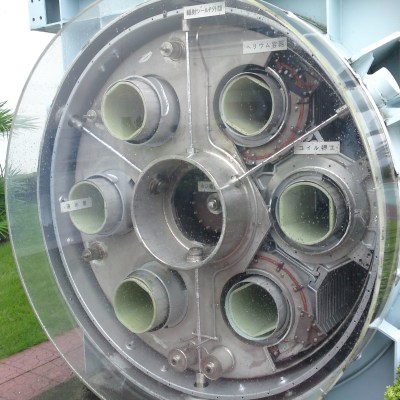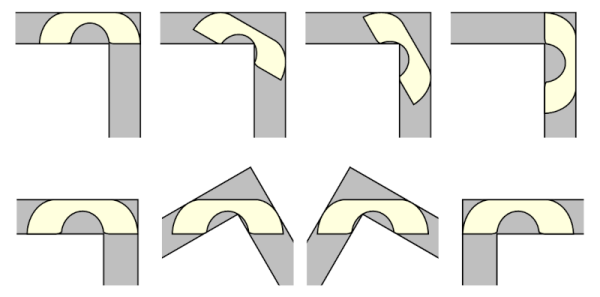Although the humble propeller and its derivatives still form the primary propulsion method for ships, this doesn’t mean that alternative methods haven’t been tried. One of the more fascinating ones is the magnetohydrodynamic drive (MHDD), which uses the Lorentz force to propel a watercraft through the water. The somewhat conductive seawater is thus the working medium, with no moving parts required.

Although simple in nature, only the Japanese Yamato-1 full-scale prototype ever carried humans in 1992. As covered in a recent video by [Sails and Salvos], the prototype spent most of its time languishing at the Kobe Maritime Museum, until it was scrapped in 2016.
There are two types of MHDD, based around either conduction – involving electrodes – or induction, which uses a magnetic field. The thrusters used by the Yamato-1 used the latter type of MHDD, involving liquid helium-cooled, super-conducting coils. The seawater with its ions from the dissolved salts responds to this field by accelerating according to the well-known right-hand rule, thus providing thrust.
The main flaw with an MHDD as used by the Yamato-1 is that it’s not very efficient, with a working efficiency of about 15%, and a top speed of about 15 km/h (8 knots). Although research in MHDDs hasn’t ceased yet, the elemental problem of seawater not really being that great as the fluid without e.g. adding more ions to it has meant that ships like the Yamato-1 are likely to remain an oddity like the Lun-class ekranoplan ground effect vehicle.
For as futuristic as this technology sounds, it’s suprisingly straightforward to build a magnetohydrodynamic drive of your own in the kitchen sink. Continue reading “Yamato-1: The World’s First Ship With Magnetohydrodynamic Propulsion”

















